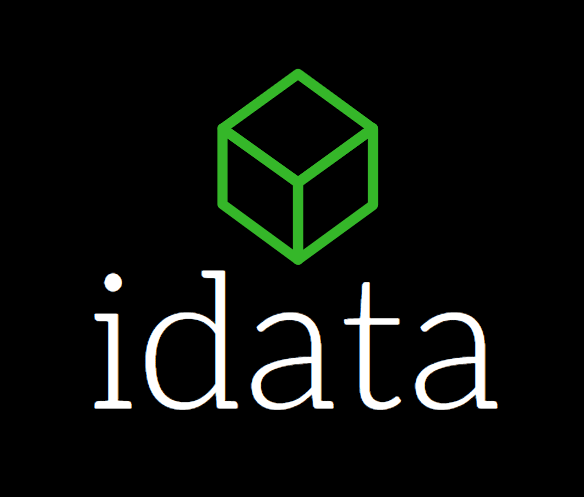Building a Cloud-Based Data Pipeline
10 Crucial Steps for Seamless Implementation
In today's data-centric landscape, establishing an agile and robust data pipeline has become paramount for enterprises seeking to thrive amidst ever-evolving market dynamics. Navigating the vast volumes of information demands a systematic approach, and data pipelines emerge as the keystone to ensure seamless data flow and analysis.
In this step-by-step blog, we'll walk you through ten essential and easily implementable steps to set up your data pipeline in the cloud. Whether you’re a seasoned data engineer seeking to expand your repertoire or a newcomer eager to embark on this transformative journey, we’ve got you covered.
Step 1: Assemble a Competent Cloud Development Team
The foundation of any successful data pipeline project lies in hiring a skilled team of cloud developers proficient in technologies like Spark, Scala, Python, Pyspark, and AWS, Azure or Google Cloud Platform (GCP). If such expertise isn't already available in-house, investing in capable talent is crucial to navigate the complexities of data processing on the cloud.
Step 2: Craft a Data Ingestion API
Create a robust data ingestion API that will serve as the trigger for your data pipeline. This API will facilitate the seamless integration of new datasets into the pipeline, enabling a continuous flow of data for further processing.
Step 3: Implement a Generic Dataset Configuration
Streamline dataset movement through the pipeline without writing individual code for each dataset. Design a generic dataset configuration that effectively defines the flow of data, minimizing repetitive coding efforts.
Step 4: Develop a Pipeline Server
Build a dedicated pipeline server responsible for managing datasets flowing through the entire pipeline, ultimately landing in your data lake and/or data warehouse. This central hub ensures efficient data handling and minimizes manual intervention.
Step 5: Provision an Optimized Spark Cluster
Create a scalable Spark cluster with appropriate configurations to handle datasets of varying sizes without encountering performance issues. Ensuring stability and efficient resource utilization is key to an effective data processing environment.
Step 6: Design a Comprehensive Spark Job
Develop a versatile Spark job encompassing essential components like a data quality engine, a transformation engine with generic JavaScript plugins, conversion of raw data to S3 parquet, and the capability to ingest data into a data warehouse, such as Redshift, Snowflake, Postgres, etc.
Step 7: Incorporate Lakehouse Capabilities
Enhance the pipeline by integrating Lakehouse (Apache Iceberg, Delta) capabilities, supporting essential features like key fields on object-store parquet data, time-travel queries, and advanced functionalities that enhance data governance and analytics.
Step 8: Implement a Throttling Mechanism
To avoid conflicts when writing multiple files for the same dataset, introduce a throttling mechanism into the pipeline server / spark cluster. This mechanism ensures seamless data merging and minimizes potential data inconsistencies.
Step 9: Set Up a Notification Mechanism
Create a notification mechanism using queues to inform downstream systems or consumers that data is ready for consumption. This real-time communication enables timely data utilization.
Step 10: Develop a User Interface for Monitoring
Craft a user-friendly interface to monitor dataset flows into the pipeline. This interface should automatically alert support teams via email, queue notifications, or other means in case of dataset failures, ensuring prompt action and issue resolution.
By following these ten fundamental steps, you will be well on your way to constructing a cloud-based data pipeline on AWS that optimizes data processing, enhances decision-making capabilities, and empowers your organization's data-driven growth.

